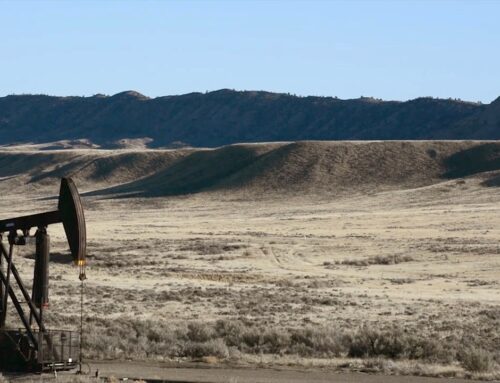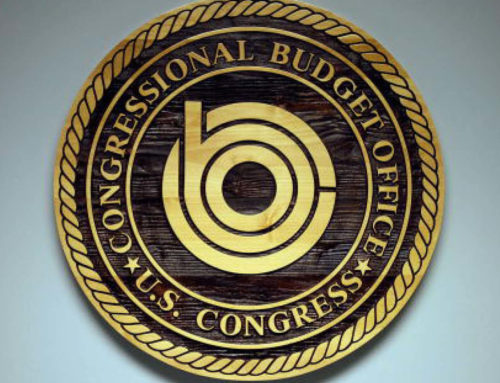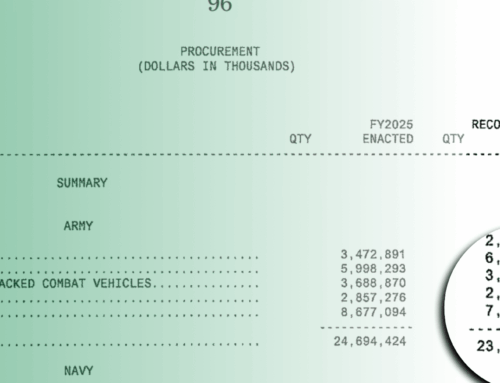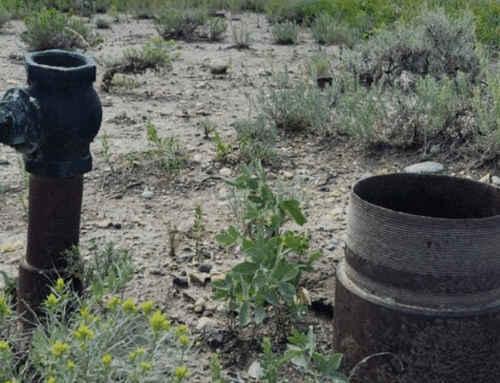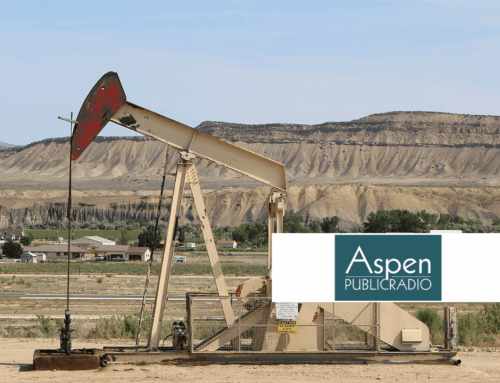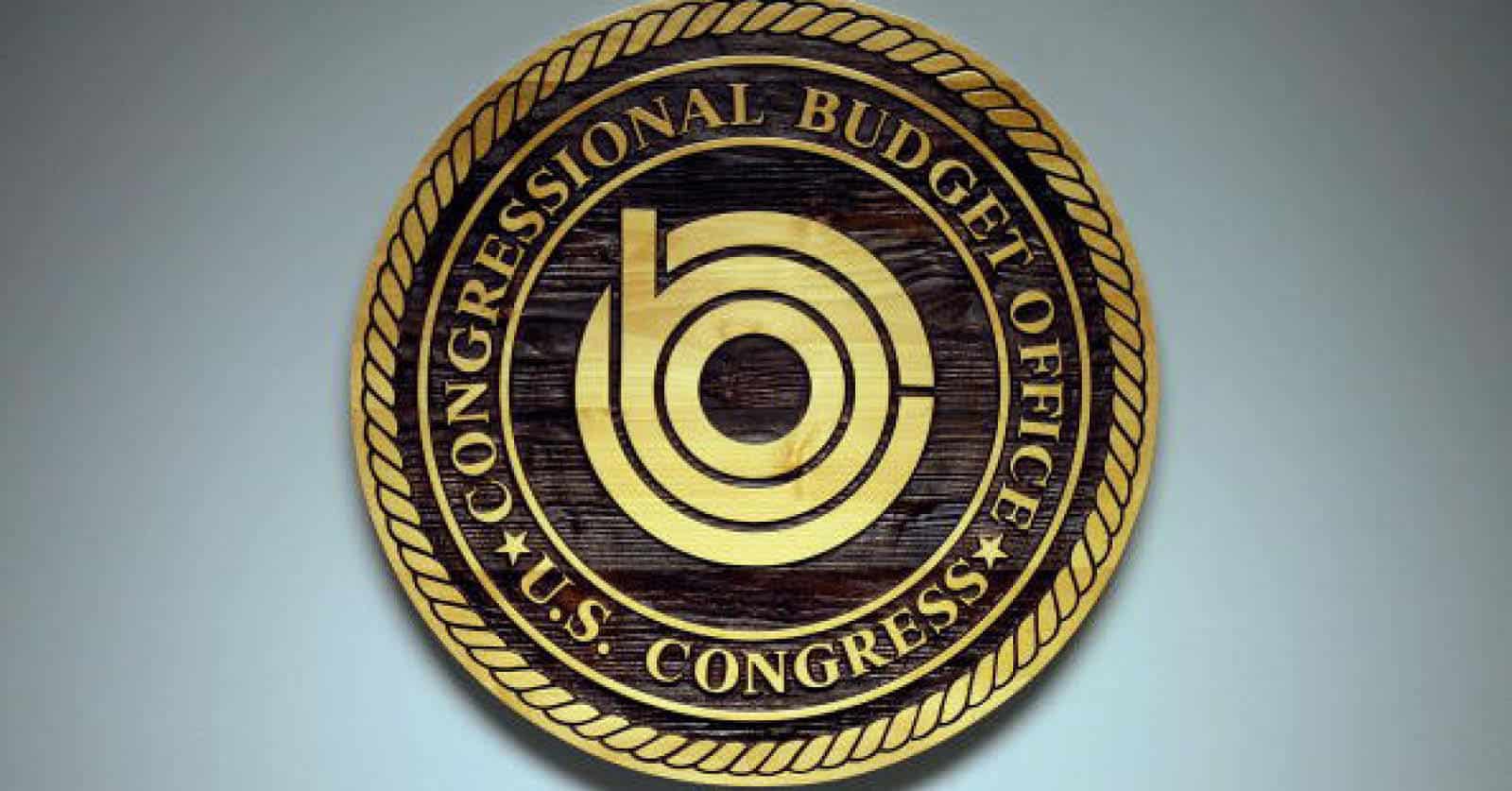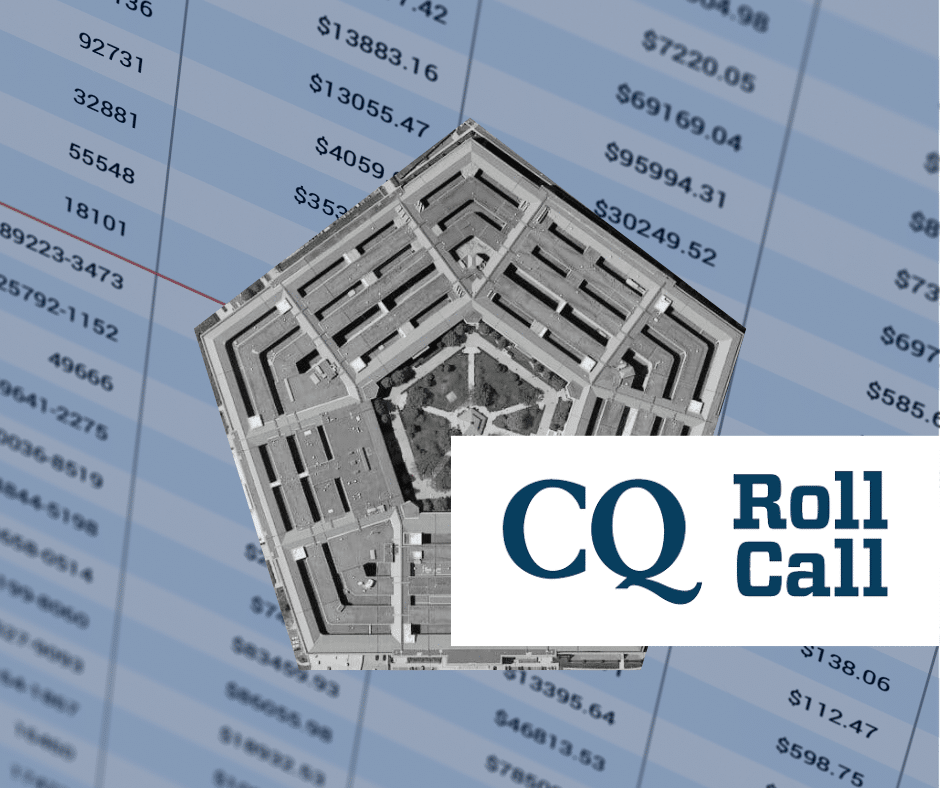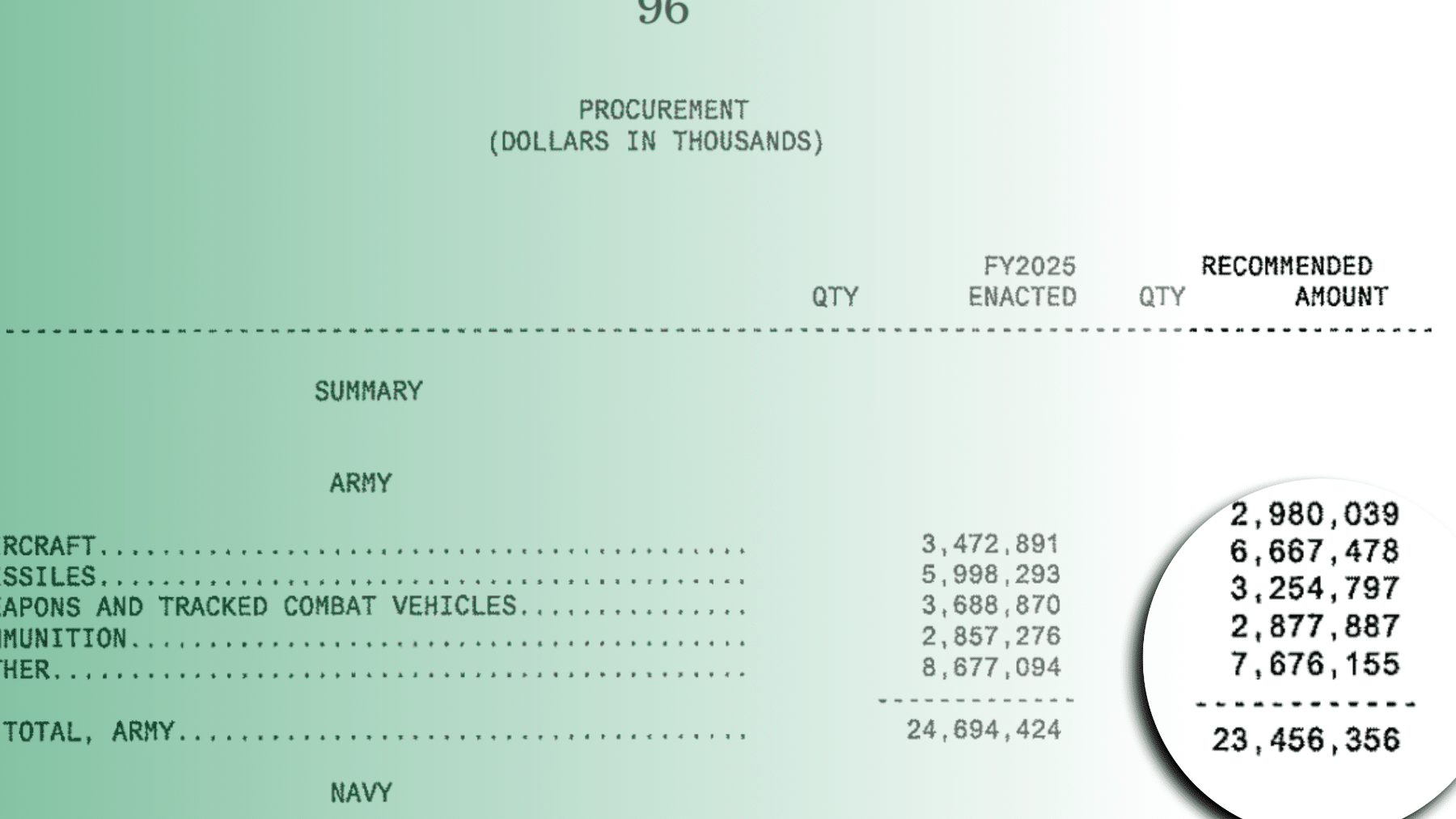One of the many issues Congress must address in the waning months of 2020 is whether to pass another aid package seeking to relieve some of the misery inflicted by COVID-19. President-Elect, Joe Biden, wants one. Senate Majority Leader Mitch McConnell (R-KY) has said one is needed. But House Speaker Nancy Pelosi and Treasury Secretary Steve Mnuchin, let alone Mr. McConnell or President Trump, remain far apart on how much money to spend and what restrictions to place on that spending.
Taxpayers for Common Sense is, after all, a budget watchdog group. So you’ll indulge us, we hope, in a curmudgeonly reminder that, nearly eight months since the CARES Act was signed into law, not all the money has been spent. And when you look at the $150 billion Coronavirus Relief Fund, intended to aid states and local governments, some of the money has been spent on programs with dubious value to getting those states back on their feet, economically.
For instance, Oklahoma is spending more than $18.5 million on renovating traveler information centers. Since those funds are being used to make the bathrooms “touchless,” you can stretch your mind to believe this is a potentially valid use of COVID-19 relief funds.
But we can’t say the same for Wyoming spending $15 million to aid petroleum companies in pushing forward with drilling projects previously shut down by the pandemic.
North Dakota had been moving forward with plugging and cleaning up after as many as 380 “orphan” or idle oil wells with pandemic funds. Reducing pollution from abandoned wells is a positive for communities, but bailing out oil and gas companies from their financial responsibilities is bad for taxpayers. The only reason these wells exist is because companies took their profits and ran. Now state officials want to pivot and use about $16 million in COVID-19 relief funds to boost fracking in North Dakota. Surely North Dakota, epicenter of one of the worst increases in COVID-19 cases in the world, could spend that money in ways to fight the pandemic rather than acting as a super spreader for even more abandoned oil and gas wells.
And then we have the problem of states simply not spending the federal funds they received early in the year. For instance, Colorado originally received $1.67 billion in federal COVID-19 relief funding. Of that total, $1.15 billion remains unspent.
Alabama also received just under $1.7 billion. They’ve spent $850 million.
The beat goes on with state after state scrambling to find ways to spend the federal funds, and some money being spent on political priorities rather than programs to improve COVID response. What’s going on here? Do we need stricter parameters on what the states can spend the money on? Do we need benchmarks for how quickly the money should be spent? Should Congress stop appropriating large pots of money to the states and, instead, focus federal spending on increasing unemployment insurance, food assistance, and rent and eviction relief?
There are two federal organizations tasked with overseeing the spending of pandemic relief funds:
- The Pandemic Response Accountability Committee (PRAC) is a committee of the Council of the Inspectors General on Integrity and Efficiency. Its mandate is to both oversee federal COVID-19 relief spending and promote transparency so Congress and the public can be confident the money is being spent appropriately and on legitimate programs.
- The COVID-19 Congressional Oversight Commission has a very specific mission related to a portion of pandemic response spending. It is to, “conduct oversight of the implementation of Division A, Title IV, Subtitle A of the CARES Act … Subtitle A provided $500 billion to the Treasury for lending and other investments “to provide liquidity to eligible businesses, States, and municipalities related to losses incurred as a result of coronavirus.” The Congressional commission has issued six reports.
These entities, both charged with important oversight roles, need to turn their focus to whether states are spending your federal tax dollars in ways the Congress envisioned to help states deal with this pandemic. (Maybe we should say your future federal tax dollars, since this spending is largely deficit financed.) As we’ve learned in patterns of federal spending just prior to the end of the fiscal year, any “use it or lose it” spending sprees are rife with wasteful choices. If every state still has about $1 billion to spend before the end of December, that’s as much as $50 billion that will be spent in the next five or six weeks. Let’s make sure it’s spent wisely. And let’s make doubly sure that it isn’t used on a policy wish list (cough – fracking – cough) that doesn’t make us safer in this pandemic.
There are many pressing COVID-related needs. And additional assistance to state and local governments appears to be one of those. But before any additional funds are appropriated, Congress needs to hold states accountable while providing the proper tools and directions to spend future funds more effectively. If we don’t heed the lessons of the last eight months, it will be a long, dark and unnecessarily costly winter.

